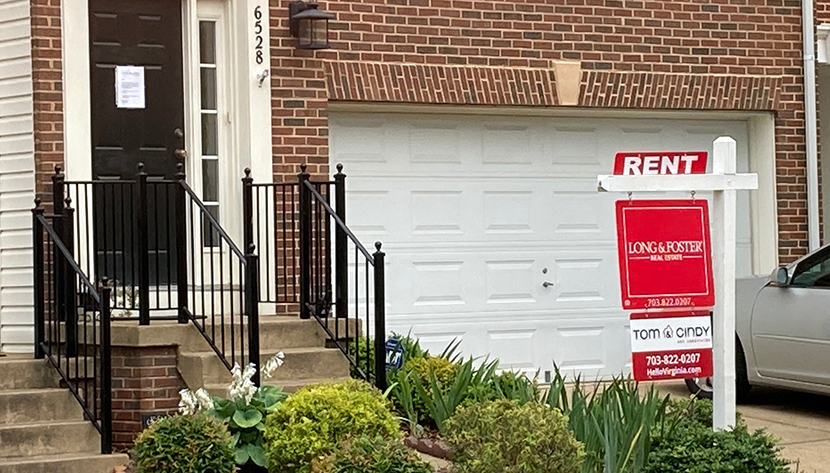
‘Urgent Need, Untapped Opportunity’ in Family-Oriented Rental Housing

Family-oriented rental housing supply has fallen behind other multifamily options as developers focus on young, often single renters rather than families who require larger units, said the Urban Land Institute and RCLCO.
ULI Terwilliger Center for Housing Executive Director Christopher Ptomey noted household formation is increasing among the world’s two-billion-strong Millennial generation, “and as families add children, the shortage and cost of rental homes is growing as well,” he said. “Access to appropriately sized housing at a price that fits family budgets will be critical to businesses’ ability to recruit and retain employees and to the health of city economies.”
Ptomey called the current shortage of family-friendly rental housing “a substantial opportunity for residential development in markets throughout the U.S.”
Families represent one-third of the rental housing market, but most new development is not oriented towards these renters, the report said. Developers frequently cite several roadblocks to creating more family-oriented rental housing, including impact fees and zoning codes that attract luxury housing above other types, local policies that discourage new housing due to overcrowded schools and fear of large traffic impacts in surrounding areas.
The report recommended several ways to increase family-friendly rental supply, including:
-Suburban single-family rentals: Typically located in suburban or exurban areas, these appeal to families who cannot yet afford to own homes in the community but someday may wish to do so;
-Rental townhouses: This development type, common in the suburbs, can serve as housing for younger families who are not yet ready to move from their mixed-use neighborhoods but are starting to require additional space;
-Detached and attached apartments: These apartments tend to have smaller units at higher densities and appeal to families that want to transition into suburban lifestyles but may not want to or cannot afford the larger homes in suburban neighborhoods;
-Urban rental apartments for families: Although currently uncommon, these types of rentals are emerging for Millennial families who do not want to leave their urban lifestyles but cannot afford to purchase large enough homes in their neighborhoods; and
-Mixed-income and affordable housing: This development type is the most common, though it rarely is exclusively oriented toward families. Nearly 60 percent of renters in this space have incomes below $50,000 and are facing dwindling market-rate housing options.
“New development in this space is an important way of providing lower-income families with good, stable housing at lower price points,” the report said.
